Search Images
Browse Content (p. 426)
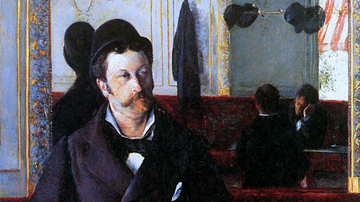
Image
In a Café by Caillebotte
An 1880 oil on canvas, In a Café, by Gustave Caillebotte (1848-96) the French impressionist painter. Here the artist cleverly presents a reflection of the part of the café which, of course, does not exist since this is where the viewer stands...
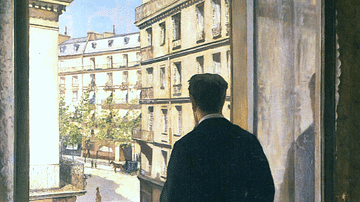
Image
Young Man at His Window by Caillebotte
An 1875 oil on canvas, Young Man at His Window, by Gustave Caillebotte (1848-96) the French impressionist painter. Here a man watches a lady walking in the street below. Once again, the artist combines a sense of depth in the scene with strict...

Image
Paris Street, A Rainy Day by Caillebotte
An 1877 oil on canvas, Paris Street, A Rainy Day, by Gustave Caillebotte (1848-96) the French impressionist painter. Strict geometry is a feature of the artist's work and can be seen here in the strong horizontal and vertical lines, notably...
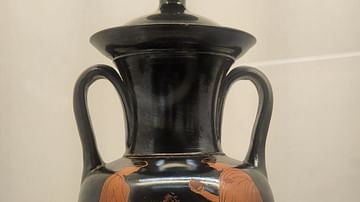
Image
Attic Red-Figure Nolan Amphora
This amphora is of the Nolan type, the name given to this class of red0figure vase found in large lumber in the town of Nola in Campania, southern Italy. It is decorated with a scene of an 'erotic' encounter between a female figure holding...
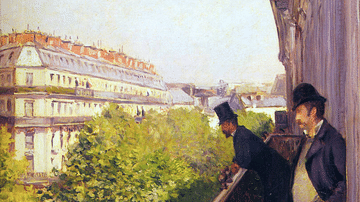
Image
The Balcony by Caillebotte
A c. 1880 oil on canvas, The Balcony, Boulevard Haussmann, by Gustave Caillebotte (1848-96) the French impressionist painter. (Private collection)
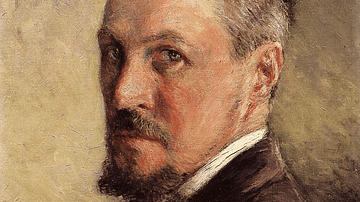
Image
Self-portrait by Caillebotte
An 1889 oil on canvas self-portrait by Gustave Caillebotte (1848-96) the French impressionist painter. (Private Collection)
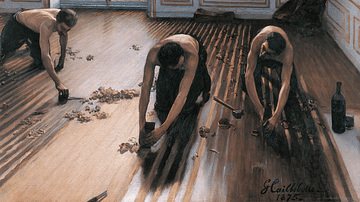
Image
The Floor Planers by Caillebotte
An 1875 oil on canvas, The Floor Planers, by Gustave Caillebotte (1848-96) the French impressionist painter. There are strong geometrical forms on the floor and walls while the window leads the viewer's eye to the street outside. The bottle...
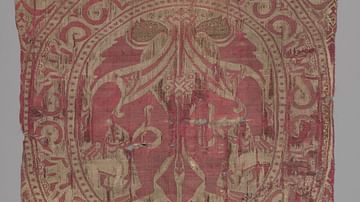
Image
Islamic Silk Tapestry
12th-century textile fragment from the Shrine of San Librada, Sigüenza Cathedral, Spain. The tapestry was likely taken from Almeria after King Alfonso VII of Castile captured the city. It features patterns that were popular among the taifas...
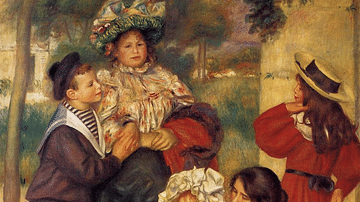
Image
The Artist's Family by Renoir
An 1896 oil on canvas, The Artist's Family, by Pierre-Auguste Renoir (1841-1919) the French impressionist painter. Aline Charigot, Renoir's wife, is arm in arm with their eldest son Pierre and their second son, Jean, is being held by the...
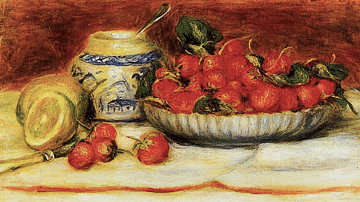
Image
Strawberries by Renoir
A c. 1905 oil on canvas still life, Strawberries, by Pierre-Auguste Renoir (1841-1919) the French impressionist painter. Towards the end of his life, suffering from rheumatoid arthritis and wheelchair-bound, Renoir painted many still life...